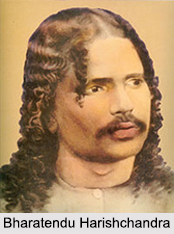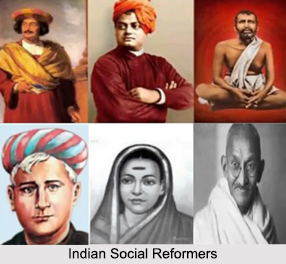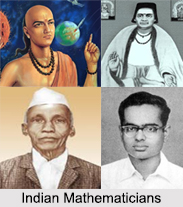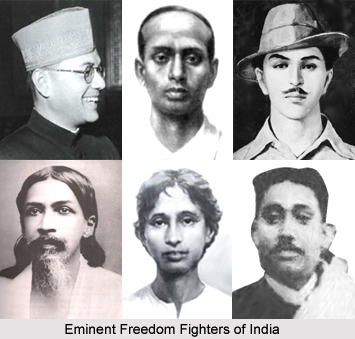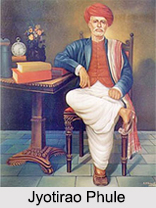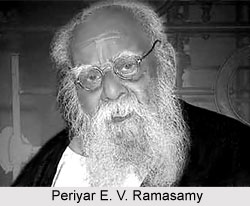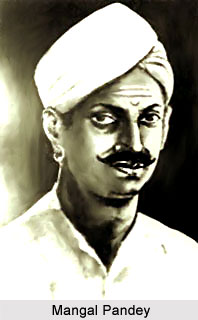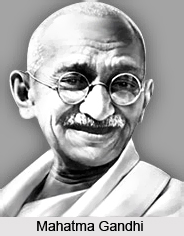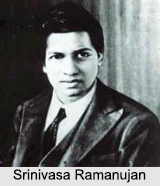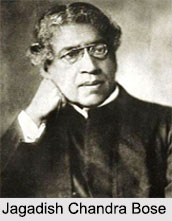 Nagaland, a state nestled in the northeastern region of India, has witnessed a dynamic political landscape marked by a succession of Chief Ministers who have shaped its governance. Since its formation on December 1, 1963, Nagaland has undergone several phases of political evolution, each reflected in the leaders who assumed the pivotal role of Chief Minister.
Nagaland, a state nestled in the northeastern region of India, has witnessed a dynamic political landscape marked by a succession of Chief Ministers who have shaped its governance. Since its formation on December 1, 1963, Nagaland has undergone several phases of political evolution, each reflected in the leaders who assumed the pivotal role of Chief Minister.
Election Process of Chief Ministers in Nagaland
The Chief Ministerial appointment in Nagaland follows the democratic principles entrenched in the Indian political system. The state legislative assembly elections play a crucial role in determining the Chief Minister. The political party or coalition securing a majority in the assembly elects its leader as the Chief Minister. The Governor of Nagaland, appointed by the President of India, then formally invites the chosen leader to form the government. The electoral process is a reflection of the democratic ethos, with voters actively participating in shaping the political destiny of the state. The Chief Minister, as the head of the elected government, emerges from this democratic mandate, entrusted with the responsibility of translating electoral promises into actionable policies.
Roles and Responsibilities of the Chief Minister
The Chief Minister of Nagaland holds a position of immense responsibility, serving as the head of the government. The roles and responsibilities encompass a wide array of functions, emphasizing governance, administration, and policy formulation. Some key responsibilities of the Chief Minister include:
Policy Formulation: Crafting and implementing policies that address the developmental needs of the state and its citizens.
Administrative Leadership: Overseeing the functioning of the state bureaucracy and ensuring efficient administration.
Legislative Initiatives: Guiding the state legislature in enacting laws and regulations that align with the needs and aspirations of the people.
Representation: Serving as the representative of the state at the national level and interacting with the central government on matters of state importance.
Crisis Management: Navigating the state through challenges such as natural disasters, social unrest, or economic downturns.
List of Chief Ministers of Nagaland:
Here is a list of all the Chief minister who served as head of the state of Nagaland since its inception.
| Chief Minister | Tenure | Political Party |
| P. Shilu Ao | 1963 – 1966 | Nagaland Nationalist Organisation |
| Thepfulo-u Nakhro | 1966- 1969 | Nagaland Nationalist Organisation |
| Hokishe Sema | 1969 – 1974 | Nagaland Nationalist Organisation |
| Vizol Koso | 1974 – 1975 | United Democratic Front |
| John Bosco Jasokie | 1975- 1975 (10 days) | Naga National Democratic Party |
| Vizol Koso | 1977 - 1980 | United Democratic Front |
| S. C. Jamir | 1980 – 1980 (48 days) | United Democratic Front—Progressive |
| John Bosco Jasokie | 1980 – 1982 | Naga National Democratic Party |
| S. C. Jamir | 1982 – 1986 | United Democratic Front—Progressive |
| Hokishe Sema | 1986 – 1988 | Indian National Congress |
| S. C. Jamir | 1989 - 1990 | Indian National Congress |
| K. L. Chishi | 1990 – 1990 (34 days) | Indian National Congress |
| Vamuzo Phesao | 1990 – 1992 | Nagaland People`s Council |
| S. C. Jamir | 1993 – 2003 | Indian National Congress |
| Neiphiu Rio | 2003 – 2008 | Naga People`s Front |
| Neiphiu Rio | 2008 - 2014 | Naga People`s Front |
| T. R. Zeliang | 2014 – 2017 | Naga People`s Front |
| Shurhozelie Liezietsu | 2017 – 2017 (147 days) | Naga People`s Front |
| T. R. Zeliang | 2017 - 2018 | Naga People`s Front |
| Neiphiu Rio | 2018 – present (Incumbent) | Nationalist Democratic Progressive Party |


